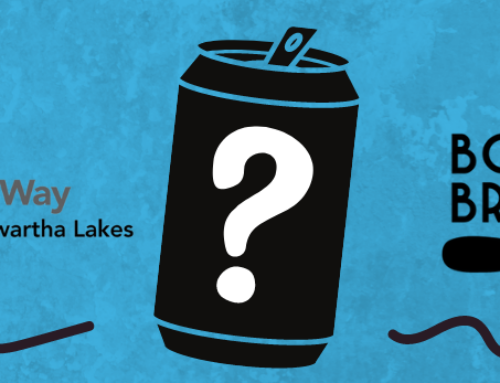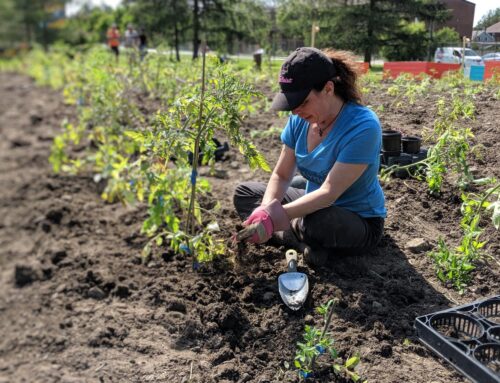Garden season is upon us whether we are ready for it or not! Before we get right into the heavy slugging of it though we should take a few moments to check in with our bodies to make sure they are up for the tasks ahead. Gardening can be physically taxing on the body requiring individuals to have a considerable amount of endurance, strength, flexibility and balance. Gardening can be a great way to improve your health and fitness, but taking on more than you can chew (pun intended!) may lead to injury which puts the rest of your season in jeopardy. In this post we’ll cover the endurance required for gardening and a simple fitness test to assess your aerobic endurance.
The energy needed to perform gardening tasks can be measured in terms of METs, or metabolic equivalents of tasks. Simply put, MET values are a multiple of the energy required to maintain your metabolism at rest. Gardening comes in at 4 METs meaning it is 4 times as energy consuming than rest. Activities that are similar intensities include brisk walking, cycling, raking leaves, table tennis, and badminton.
We can use the MET value to determine if an activity such as gardening is appropriate for our current fitness level. To do this we need to know two things; 1) the oxygen consumption rate of the activity and 2) our current VO2 max (the most amount of oxygen our bodies can utilize). The former is very simple, at rest roughly 3.5 ml of oxygen is consumed per kilogram of body weight per minute (ml.kg.min), so simply multiply the MET value of the activity by 3.5 and that gives the oxygen consumption of our selected activity per minute. For example, gardening is 4 METs multiplied by 3.5 gives 14 ml.kg.min O2. Finding a true VO2 max is slightly more challenging (and should be supervised by an exercise professional) but there are indirect and lower intensity ways of calculating an estimate of our VO2 max. A simple test that can be done on your own with minimal equipment is the Rockport One Mile Walking Test. You will need a stopwatch, heartrate monitor and a flat one-mile (1609m) walking route (a 400m running track works great). Before starting the test put on your heartrate monitor and perform a light warm up by walking for 5 to 10 minutes. Once ready, start your watch and start walking the one-mile route as quickly as possible, make sure not to run or skip, one foot must be always on the ground. Once you have completed the mile stop your watch and immediately check your heart rate. Now to calculate your estimated VO2 max you can input your data into the equation below. (If you want more information on the Rockport One Mile Walking Test follow this link; Rockport Fitness Test (topendsports.com) )
132.853 – (0.0769 × Weight (kg)) – (0.3877 × Age) + (6.315 × Gender (1=male, 0=female) – (3.2649 × Time to complete test) – (0.1565 × Final heart rate) = VO2 max (ml.kg.min)
Now that you know your estimated VO2 max you can determine the relative intensity of gardening to your fitness level. Divide the oxygen consumption of gardening (14 ml.kg.min) by your VO2 max and multiply by 100, which gives you a percentage value. If your value is less than 80% you are in great shape to garden as much as you see fit. If your value is greater than 80% you can still feel safe in the garden, but you may want to perform your garden tasks in smaller chunks of time (15-20 minutes) and gradually increase over the season.
Gardening is a great way to get active and improve many aspects of health. No matter your current fitness level, make sure to start the season off easy and gradually increase as the season progresses. Rest in the shade, drink lots of water and make sure to enjoy nature around you.
About the Author
E Kelly (they/them) is passionate about supporting the health of their community. While working closely with individuals in the health & fitness industry E noticed a concerning trend. Many individuals’ health concerns did not stem from a lack of knowledge, willingness or desire to eat healthier or exercise more. Instead, a growing number of health issues were correlated with a lack of access to healthy foods. Thus started E’s journey in learning more about sustainably produced foods and how to produce an abundance in small spaces.
With a formal education in Kinesiology and years of experience growing food as a hobby, E is combining their experience and knowledge base to promote the production of local and sustainable produce.
E is the Garden Coordinator at United Way of the City of Kawartha Lakes and Edwin Binney’s Community Garden located in Lindsay, ON.




